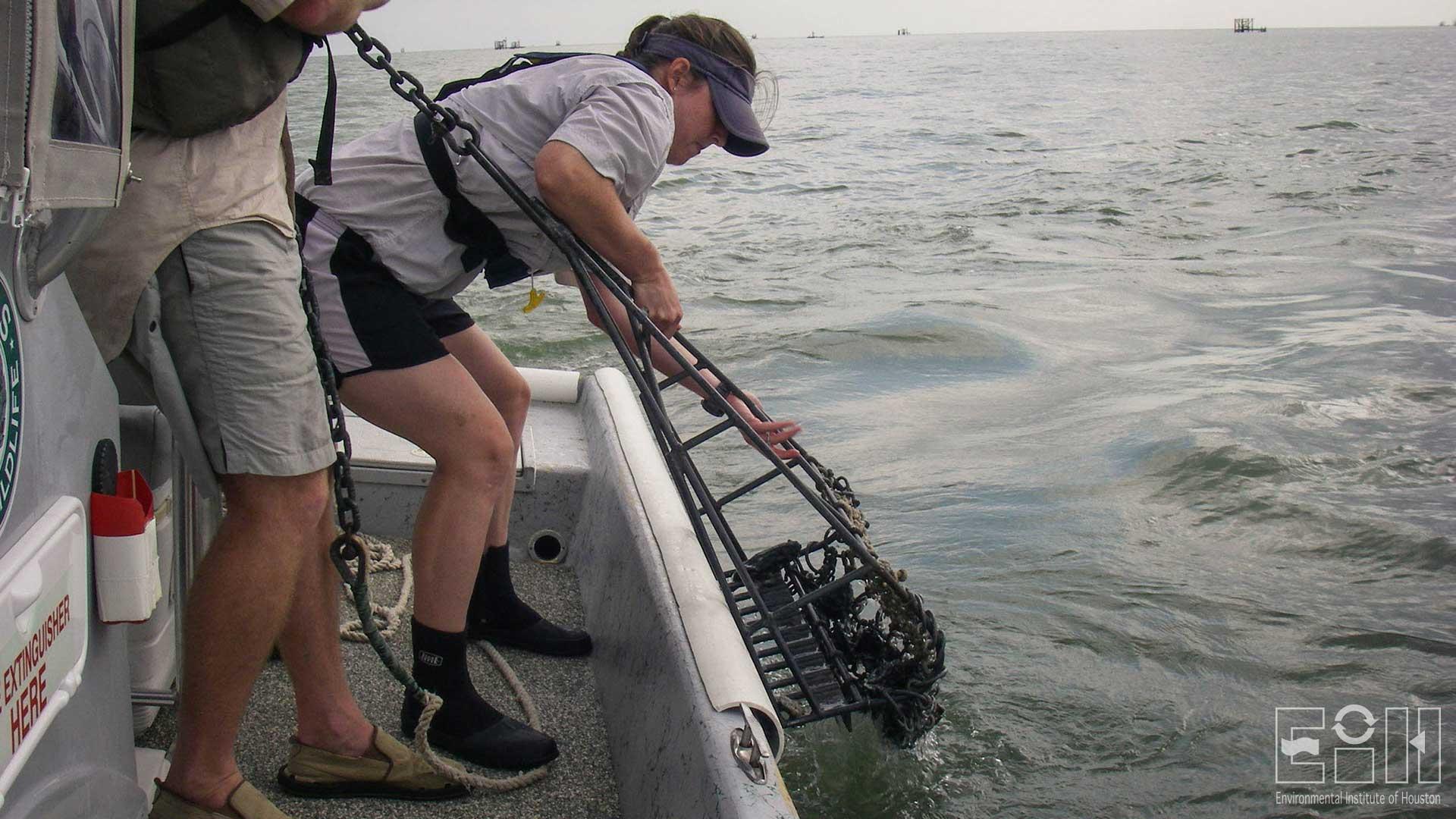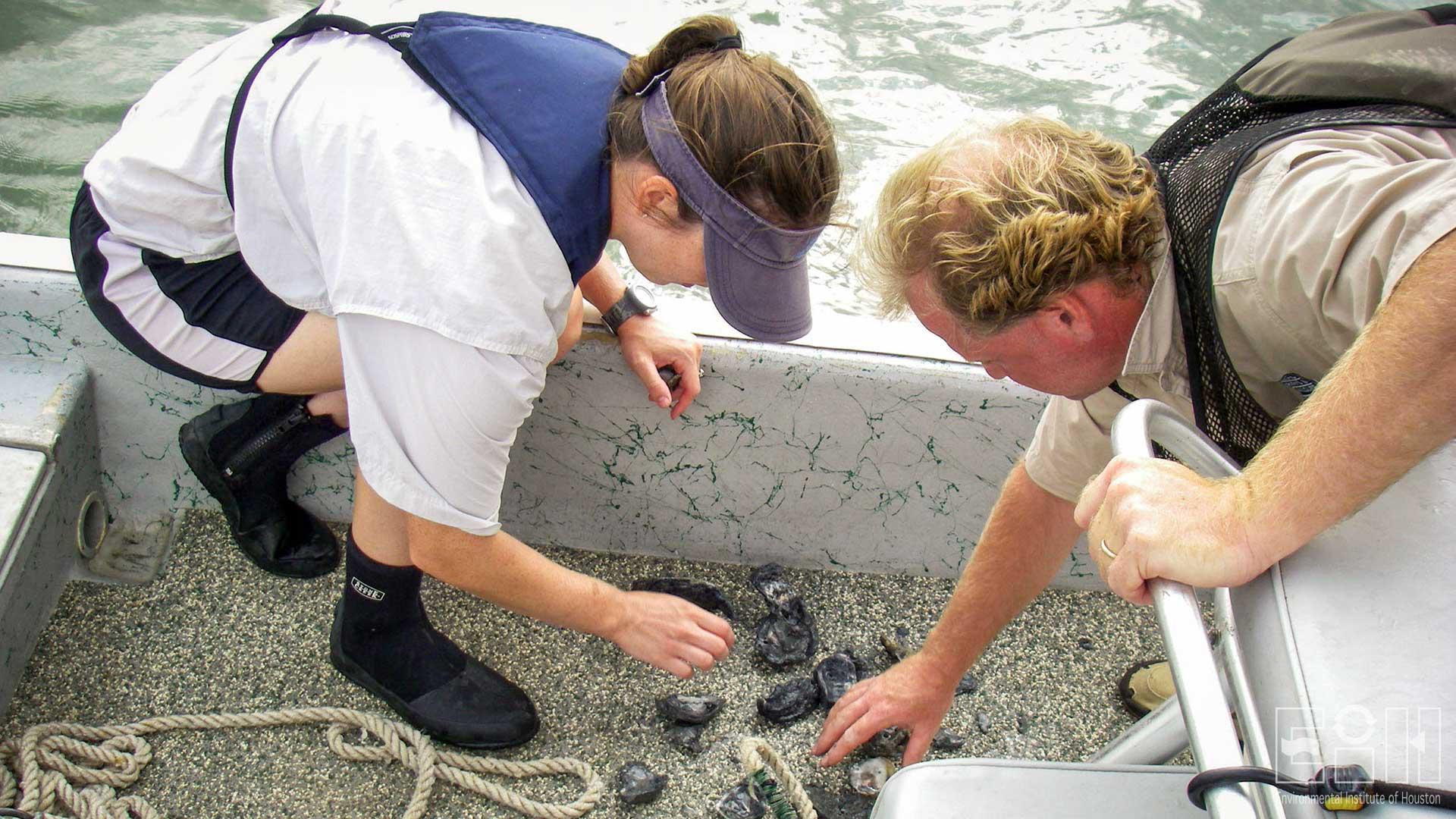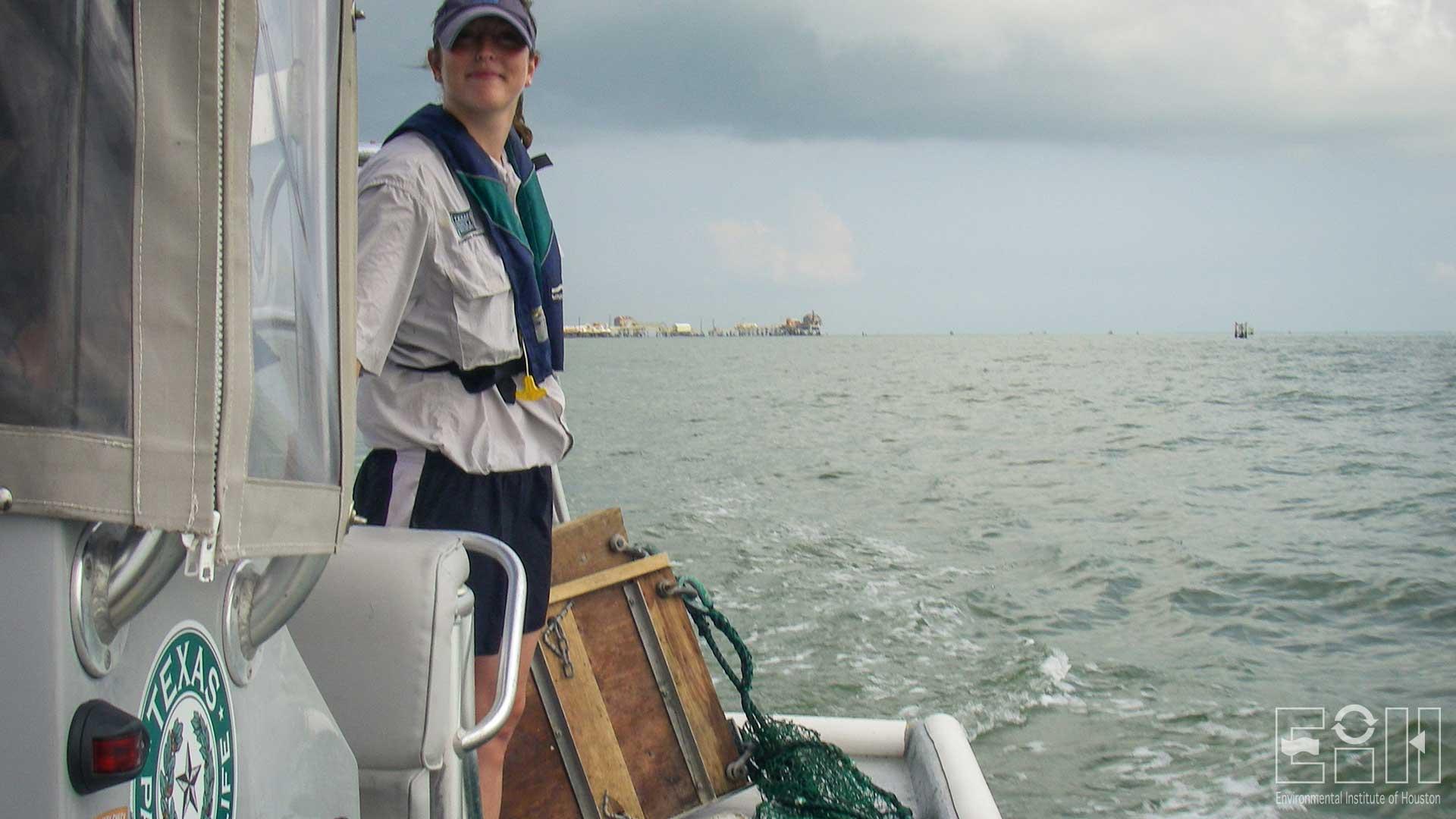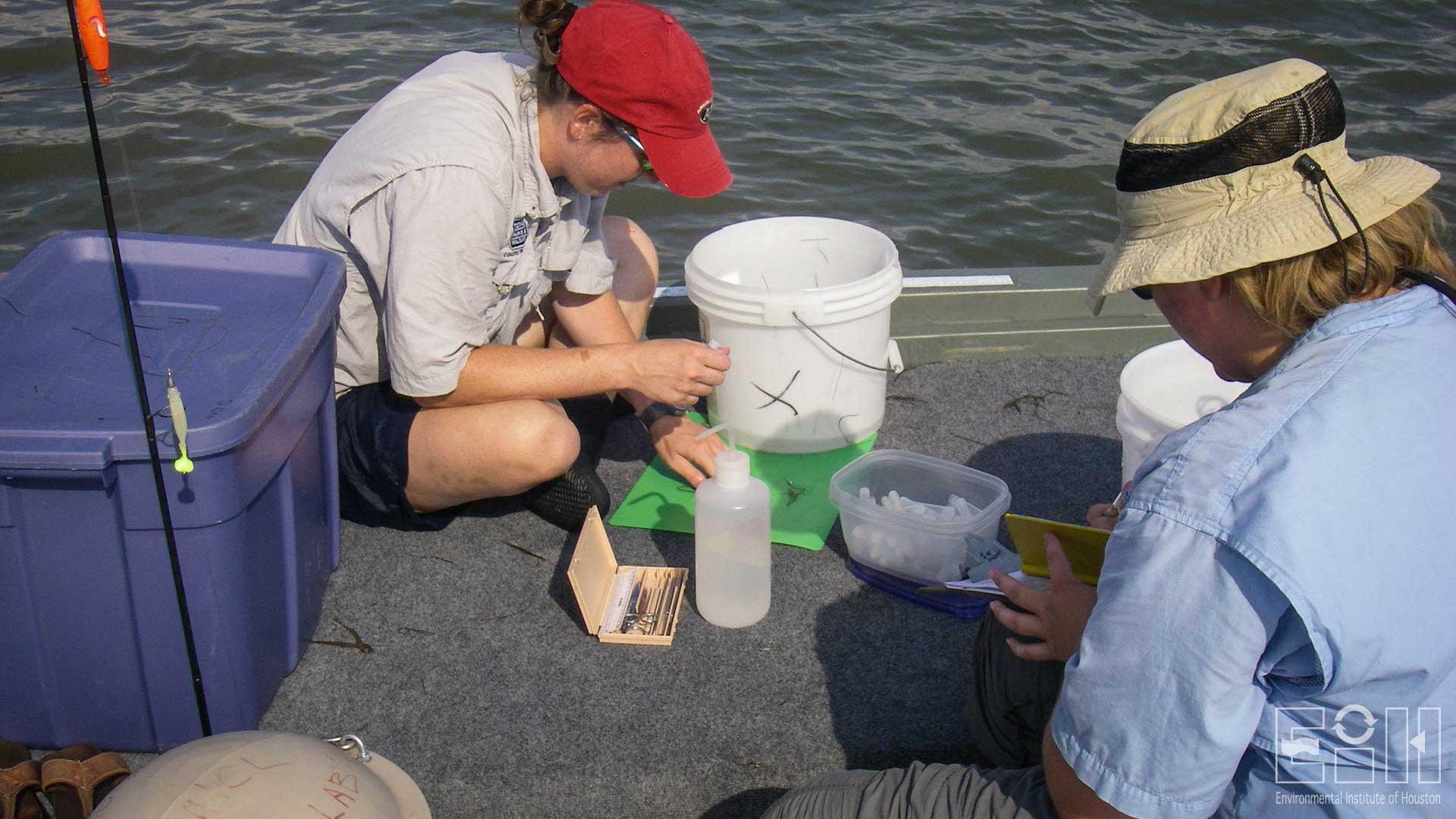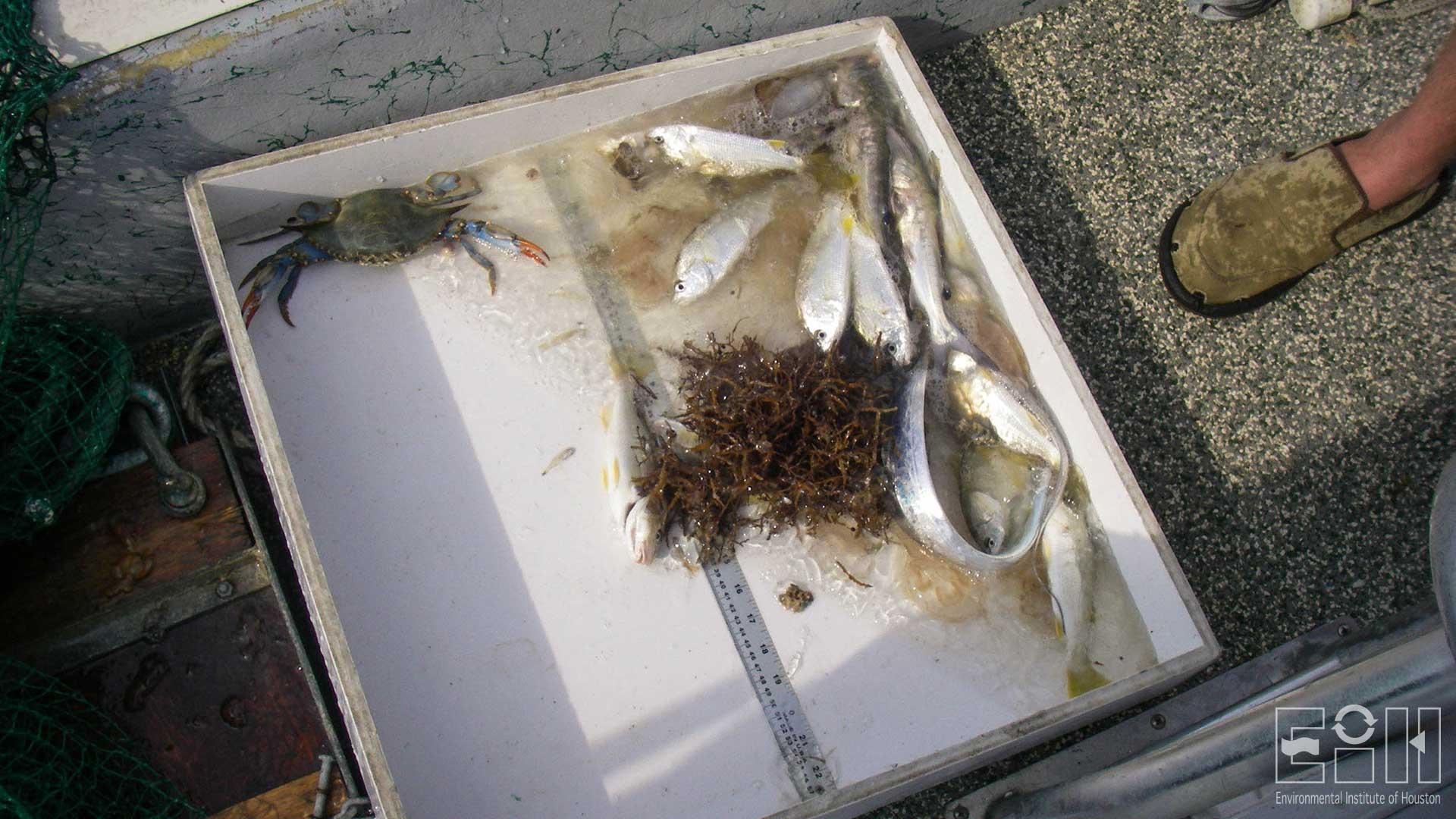
Galveston Bay Ecosystem Model Phase I
Purpose/Objectives
Assist in setup of mass balanced ECOPATH model for Galveston Bay and model losses to blue crab populations from reduced fresh water inflow and fishing using ECOPATH with ECOSIM (EwE).
Study Area
Multiple sites throughout Galveston Bay including Trinity Bay, West Bay, East Bay, and Christmas Bay.
Project Period
2007 – 2010
Description
ECOPATH with ECOSIM (EwE) is an ecological combination suite developed for ecosystem analysis. Once set up, these programs can be used to explore management or policy options and address ecological questions concerning the overall state of the ecosystem. The first phase in developing this capability for Galveston Bay is to set up and balance an ECOPATH model using well defined parameter estimates with the best data available. EIH will complete a comprehensive literature search for information on predator prey relationships of estuarine species inhabiting estuaries in the Gulf of Mexico. A summary report on feeding patterns and characteristics and diet proportions will be completed. This will include and form part of a collaborative manual for the Galveston Bay ECOPATH model. The second phase will focus on analyzing blue crab population dynamics in response to fishing and ecosystem influences. Linking primary production to the estuarine food web forms a crucial part of this analysis. EIH will assist in collecting and analyzing field samples for a carbon and nitrogen stable isotope analysis so that carbon links can be established. A stable isotope based marine food web of the Galveston Bay estuarine ecosystem will be constructed for support of ongoing EwE model development.
Publications and Presentations
Barcenas, D. 2013. Use of stable isotope analysis to describe trophic dynamics in Galveston Bay, TX. University of Houston-Clear Lake, Houston.
Crossen, D., Guillen, G., and Sutton, G. 2009. Nitrogen enrichment in the Galveston Bay estuary indicated by stable isotope analyses. Texas Bays and Estuaries Meeting, Port Aransas, TX. Presentation; Winner, 2nd place.
Crossen, D., Guillen, G., and Sutton, G. 2009. Spatial variations in the Galveston Bay estuary indicated by stable isotope analyses. 20th Biennial Conference of the Coastal and Estuarine Research Federation, Portland, OR. Presentation.
Crossen, D., Guillen, G., and Sutton, G. 2009. Use of dual stable isotope analyses to describe the trophic dynamics of sciaenids in Galveston Bay, Texas. Texas Chapter AFS Conference, Fort Worth, TX. Presentation.
Guillen, G., Crossen, D., Wrast, J., and Sutton, G. 2009. Nutrients dynamics in Galveston Bay and potential cycling within the ecosystem as identified by recent stable isotope studies. Gulf of Mexico Alliance Nutrients Criteria Research Framework Workshop, New Orleans, LA. Presentation.
Sutton, G. and Guillen, G. 2009. Development of an ecosystem model for Galveston Bay: evaluating the influence of freshwater inflows, nutrient inputs and fisheries. In Ecopath 25 Years Conference Proceedings: Extended Abstracts, pp. 99-100. Fisheries Centre Research Reports 17(3). Fisheries Centre, University of British Columbia. 167 p. Presentation.







